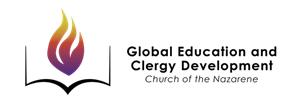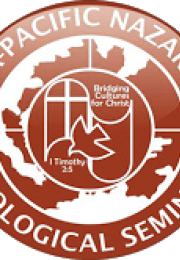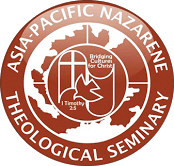- Resource Types
- Resource Languages
- Institutional Repository
 Visit the home page
Visit the home page
About Site Language
WHDL is viewable in multiple languages. Use the pull-down menu to select a language to view the site.
I changed my language, but I’m still seeing resources in the other languages?
If a resource or text has not been translated into your selected language, it will appear in the initially added language. We are always looking for help translating these resources. If you can help, contact us!
WHDL - 00021572


With self-regulation associated by some researchers with later success and with interest in the role of fathers in child development increasing, a mixed method study was conducted among twenty-six fathers of preschool children residing or studying in Taytay, Rizal to determine the relationship between child self-regulation and father involvement. A quantitative survey measured father involvement and child self-regulation using standardized tests. The Father Research and Practice Network (FRPN) Father Engagement Scale was used to measure father involvement quantity, and the Child-Parent Relationship Scale-Short Form (CPRS-SF) was used to measure father involvement quality, while the Child Self-Regulation and Behavior Questionnaire (CSBQ) was used to measure cognitive, behavioral and emotional self-regulation. The Spearman Rank was used to correlate father involvement and child self-regulation at five percent confidence interval, and the Mann Whitney U test was used to compare the self-regulation scores of children with high father involvement and children with low father involvement at five percent confidence interval. Results show no significant correlation between father involvement quantity and child self-regulation scores but reveal a significant difference between self-regulation scores of children with high father involvement quantity and low father involvement quantity. More specifically, a significant correlation was found between father involvement quantity and a child’s cognitive and behavioral regulation. A significant difference in child self-regulation scores of children with high father involvement and children with low father involvement. Further, a significant and strong positive correlation between father involvement quality and overall child self-regulation was found, and a significant difference was found between child self-regulation scores of children with high father involvement quality and low father quality. A significant positive correlation was found between father involvement quality and cognitive, behavioral and emotional self-regulation. A significant difference was found between behavioral and emotional self-regulation scores of children with high father involvement quality and children with low father involvement quality. Elements of father involvement related to cognitive self-regulation were verbal explanation upon discipline and guidance. Elements of father involvement related to behavioral self-regulation were giving rewards, setting boundaries or limits and discipline through spanking. Elements of father involvement related to emotional self-regulation were the child’s expression of extreme emotion, apology from the father, teasing or playful banter, and physical expression of affection. Play pervades all components of self-regulation. Father involvement quality is significantly correlated to overall self-regulation and all its components while father involvement quantity is significantly correlated only to cognitive and behavioral self-regulation. Significant differences between overall self-regulation, behavioral and emotional self-regulation were found between children with high father involvement quality and low father involvement quality. A qualitative interview with a family that scored high in father involvement and high child self-regulation was conducted to identify components of father involvement that may be significant in encouraging high self-regulation in children. A thematic analysis was conducted using MAXQDA to identify resounding components of father involvement. Programs by individuals and institutions that are involved in the care and education of children are challenged and encouraged to strengthen self-regulation of children by increasing father involvement quantity, and, more importantly, father involvement quality. Initiatives for the replication in other contexts and expansion of the size of the sample and geographical location are recommended.
17 Resources
This collection contains the dissertations of our graduates that fulfilled the degree of Doctor of Philosophy in Holistic Child Development at Asia-Pacific Nazarene Theological Seminary. The program is designed for those preparing to be equipped in leadership, teachers of children, practitioners, and pastors, so that they will have the gifts, skills, and capacity to care holistically for children inside and outside the church.
2019
2023
2016
2022
2023
2021
2025
2018
2018
n.d.
2021
2022
2018
2020
2021
2022
2014
2025
2023
2023